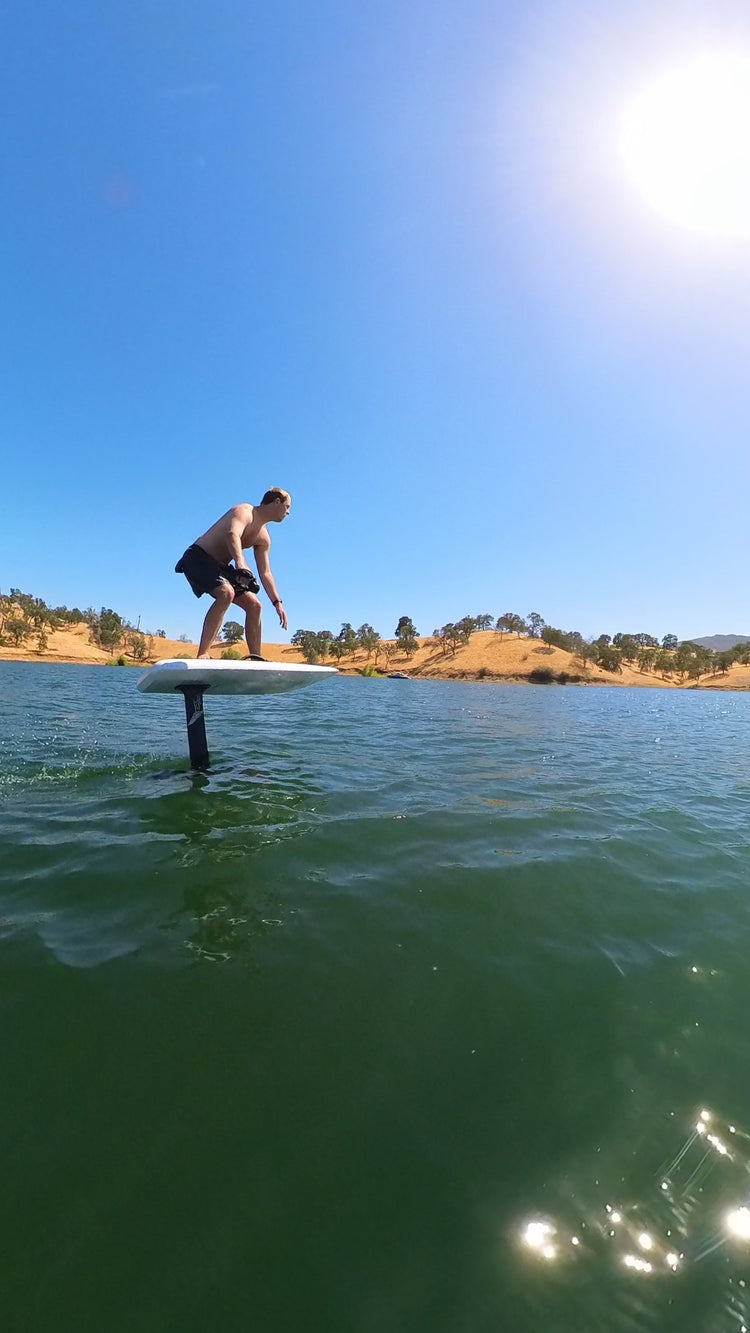
While it may seem a small detail we have found that this small trick of the trade can save you money and save your day. With that said let's talk about rail taping your stand up paddleboard and why it's a smart move.
Rail tape installs here at the shop can usually be done same day, but may require an overnight stay. To find out our current schedule give us a call at 415-524-8492 or email us at info@101surfsports.com.
With over 100 boards in our rental and demo fleet we've seen wear and tear. Early on we shirked things like rail tape but have come to learn it's one of the smartest thing you can do to protect your investment. After seeing countless stand up paddleboards come through our ding repair shop we noticed a distinct and repeating pattern that the damage was more often than not on the rail of the boards. Ditto in our rental fleet. Whether it was repeated whacks with the paddle or just setting (or dropping) the board on the rails this area seemed to be a magnet for dings.
- Never remove freshly installed tape by ripping it up. You can destroy all the graphics on your board's rail. If a tape install "goes bad" be very careful in how you approach removing it. In addition to the graphics you may pull up the first layer of gloss protectant on your board.
- Keep your tape clean. The tape has a static charge to it that draws in dust. Keep it clean.
- If the rail tape starts to come off do not rip it off. See above. Cut off the extra flapping tape and then either let the tape come off naturally or use light heat and be very careful to remove a test section to see if your graphics may come off.
- When peeling the backing off the tape make sure the end you pick at to remove the backing goes to the tail end of the board – not the front where it may be the initiation point for a peal back. .
- You needn't over tape width wise. You really only need to hit the widest part of the rail. In general 10 foot 6 boards and under should use 2". 3 inch wide tape is best up to 12ft and reserve the 4" tape for the 12'6 and longer boards.
- Be careful of aggressive rocker lines. You do not want tape wrapping too far under the bottom of the board as it creates another peal back point.
- Make sure to round all 4 corners of the tape on front and back. No square edges.
- Take your time and go slow. Rushing this job is a big mistake.
- Watch this video multiple times and good luck.

